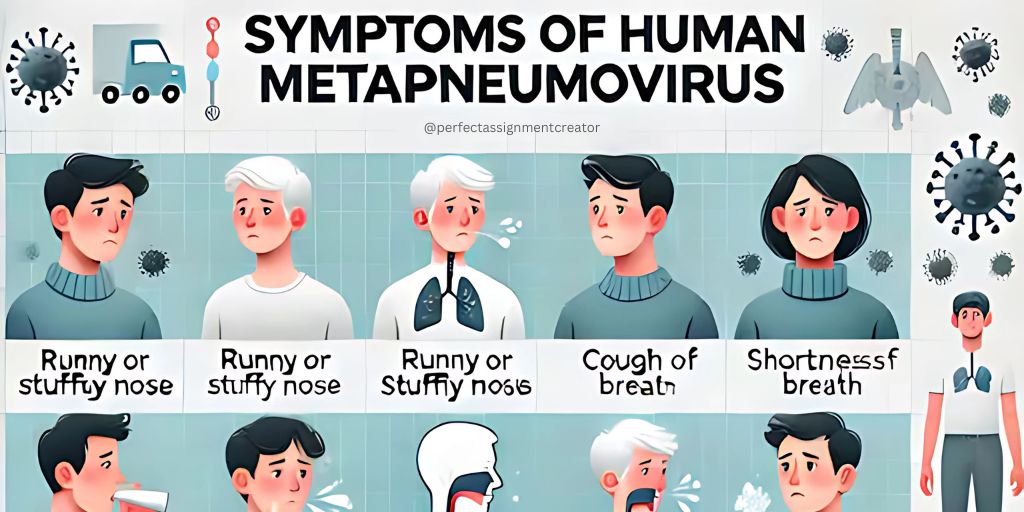Human Metapneumovirus is a respiratory virus that has quietly infected the entire world without widespread attention. Discovered in the Netherlands in the year 2001, and since then characterized as one of the common cause of respiratory diseases, particularly of children, seniors, and of those whose defense mechanism is also weak. Although the virus has received much attention following recent reports of cases in Karnataka, India, and China, it is not new or mysterious.
What is Human Metapneumovirus?
HMPV is a member of the Pneumoviridae family and is closely related to the respiratory syncytial virus (RSV). This agent is primarily an upper and lower respiratory tract pathogen, and it can be spread through respiratory droplets, direct contact with contaminated surfaces, or close contact with infected individuals.
Late winter to early spring marks the virus peak in its virulence but infections can take place throughout the year. Being a global pathogen, all the children tend to be infected by HMPV by five years of age.

Symptoms of HMPV Infection:
The infections due to HMPV can be mild to severe depending upon the age and condition of the patient. Common signs include:
– Fever
– Cough
– Running or stuffed nose
– Sore throat
– Shortness of breath
– Wheezing
In more severe cases, such as in high-risk individuals like infants, elderly people, or those with other underlying conditions, complications such as pneumonia or bronchitis can be expected from HMPV. Hospitalization is usually necessary, though it is extremely rare for a case of HMPV to result in death.
How Is HMPV Diagnosed?
Due to the similarity of symptoms with influenza, RSV, and even COVID-19, laboratory diagnosis is usually required to diagnose HMPV. These commonly include:
- PCR Testing: It detects the genetic material of the virus.
- Antigen Detection Tests: It detects viral proteins in respiratory specimens.
- Serology Tests: These tests measure antibodies to confirm past infections.
Since HMPV is usually self-limiting and resolves on its own, testing may not be necessary unless symptoms are severe.

Treatment and Prevention:
There is no medication or vaccination given for the treatment of HMPV. Patients receive palliative care in terms of alleviation of symptoms using one or a combination of the following:
– Rest and Hydration
– Over-the-counter antipyretic and expectorant medication, alleviating the symptoms of fever and congestion.
– Hospital care when administered oxygen or other specific treatments.
– Wash hands with soap and water frequently.
– Avoid contact with someone who is actively infected.
– Surgical mask-wearing while among crowds and increased risk situations.
– Frequent cleaning and disinfecting of surfaces, especially those contacted frequently.
HMPV and Public Health:
Comparing cases of HMPV from reports found in China and Karnataka with COVID-19 is already making many comments, however these experts already have the full perception that HMPV is nothing new. A year does see its set of occurrences, especially an outbreak that was experienced within regions but in regard to its recognition as a disease-causing organism, a rather well-understood pathogen.
The COVID-19 pandemic has brought an increased focus on respiratory viruses and surveillance for pathogens such as HMPV. This is a crucial step towards better identification and management of infections.
Conclusion
Human Metapneumovirus is not as well-known as other respiratory viruses, but it is a significant contributor to respiratory illnesses globally. Knowing the symptoms, transmission, and prevention can help individuals take proactive steps to protect themselves and their communities. Although HMPV is not a cause for panic, awareness and vigilance are important in managing its impact on public health.




